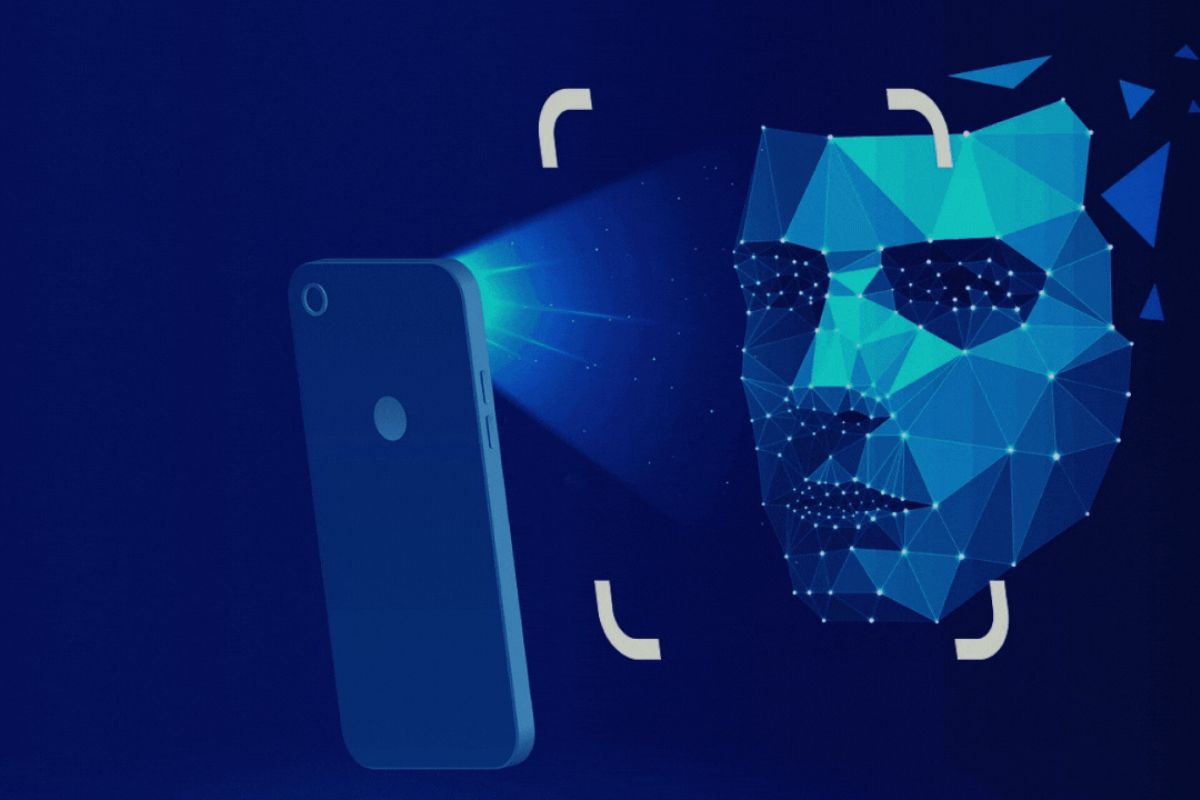Adverts
Share
Contemporary technological advancement has brought with it a series of innovations, and one of the most notable is the development of facial recognition technologies. This approach, which uses advanced algorithms to identify and verify faces in images or videos, has significant benefits in several areas. In this text we will cover a detailed analysis of the facial recognition process, including the stages of this process, which reveals intrinsic challenges and considerations that deserve in-depth reflection.
Face Detection: The Crucial First Step
Face detection is the initial phase of the facial recognition process, where algorithms are employed to identify areas of interest in images or videos. Accuracy at this stage is essential, as it directly impacts the effectiveness of the entire system. Challenges arise, however, when considering the variation in lighting and the different facial features present in different populations.
Adverts
To ensure robust detection, algorithms often undergo extensive training with diverse datasets covering a wide range of facial features. This aims to overcome possible biases and ensure that the technology is equally applicable in different contexts. However, it is important to be aware that the natural variability of facial features can challenge even the most advanced algorithms.
Alignment and Measurement: Ensuring Consistency in Representation

Aligning detected faces is a crucial step in ensuring that facial features are consistently positioned for analysis. At the same time, characteristics such as the distance between the eyes and the shape of the nose are measured to create a unique representation of the face. The search for geometric consistency can, however, introduce challenges related to the natural diversity of facial features.
Adverts
Advanced algorithms incorporate deep learning techniques to optimize the alignment process, taking into account natural variation in the positions of facial features. The measurement, in turn, is adapted to capture the individuality of each face, minimizing possible distortions introduced by the detection algorithm.
Numerical Representation: Transforming Faces into Data
Transforming facial features into a numerical representation is an essential step in the facial recognition process. This representation, often a vector of features, becomes the unique signature of each face. However, face-to-data simplification raises questions about the privacy and security of this information, especially considering the sensitivity of the biometric data involved.
The security of numeric representation is a central concern, and facial recognition systems often use advanced encryption techniques to protect this data from unauthorized access. The integrity and confidentiality of this information are crucial to ensuring public trust in the use of this technology.
Correspondence and Similarity: The Challenge of Accuracy
The matching step involves comparing the numerical representation of the face with data stored in a database. Determining the similarity between faces is crucial to the success of facial recognition. However, challenges arise when it comes to ensuring accuracy and avoiding false positives or negatives, leading to questions about the reliability of these systems in different contexts.
See too:
Designers of matching algorithms design them to handle variations in lighting, facial expressions, and other factors that can influence accuracy. They perform rigorous testing and continuous assessments to improve recognition capabilities and reduce the occurrence of errors, ensuring reliability in a variety of situations.
Verification and Identification: From Confirmation to Broad Search
Verification aims to confirm that the person is who they claim to be by comparing their face with a specific record in the database. Identification searches for matches across the entire database, even without a prior assertion of identity. Both approaches raise concerns about individual privacy and the possibility of mass surveillance, demanding careful analysis of associated legal and ethical practices.
We often use verification in situations where an individual claims their identity, such as when accessing personal devices or corporate buildings. On the other hand, we have expanded the scope of identification to apply it in contexts such as public security, which raises questions about the ethical limits of this practice.
Final Considerations: Challenges and Future of Facial Recognition
In short, facial recognition is a constantly evolving technology that offers a wide range of practical applications. However, it is crucial to recognize the intrinsic challenges at each step of the process and address them ethically. By considering aspects such as privacy, security and precision, we can contribute to the responsible and beneficial development of this technology, ensuring its application in accordance with the fundamental principles of society.
With an ethical approach and an in-depth understanding of the processes involved, facial recognition can continue to play a significant role in various sectors, promoting technological advances responsibly and respecting individual rights.



